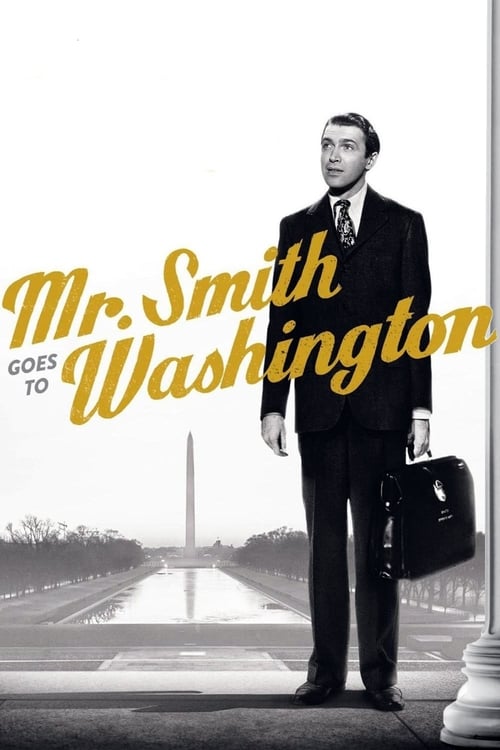
Title: Mr. Smith Goes to Washington
Year: 1939
Director: Frank Capra
Writer: Sidney Buchman
Cast: James Stewart (Jefferson Smith), Jean Arthur (Clarissa Saunders), Claude Rains (Joseph Paine), Edward Arnold (Jim Taylor), Guy Kibbee (Governor Hopper),
Runtime: 129 min.
Synopsis: After the death of a United States Senator, idealistic Jefferson Smith is appointed as his replacement in Washington. Soon, the naive and earnest new senator has to battle political corruption.
Rating: 7.853/10